It’s easy to share static graphics. Save an image and then upload it to your own site. Boom, you’re done. However, when it comes to interactive graphics, which come in a variety of file formats, it’s not as straightforward. The Visualizing Player helps with this:
We love and respect what you create and we know how much effort goes into each piece (it’s why everything that gets uploaded to Visualizing is protected under a CC license). One of our core missions here at Visualizing is to build you the best possible platform and the most powerful tools for sharing those creations.
Now when you go to Visualizing, there’s an embed code accompanied with each graphic, and it’s easy to share any visualization on your own blog or site. The embed works for 7 formats: HTML5, Java, Flash, PDF, Video, Image, and URL.
Read More

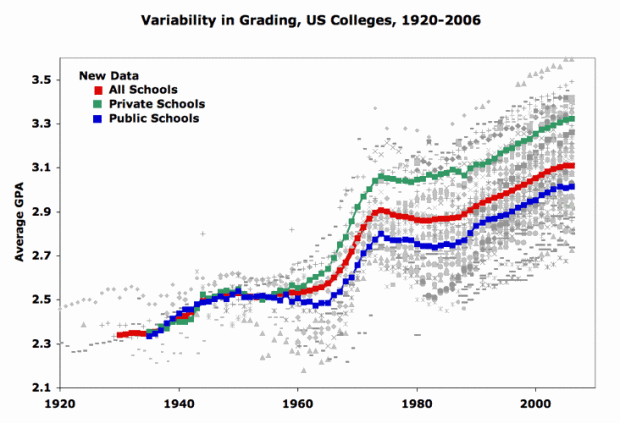


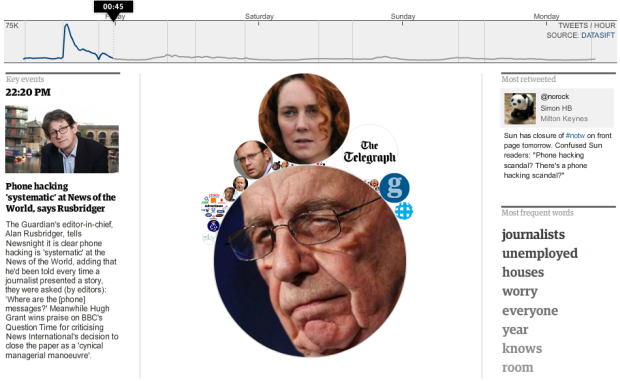
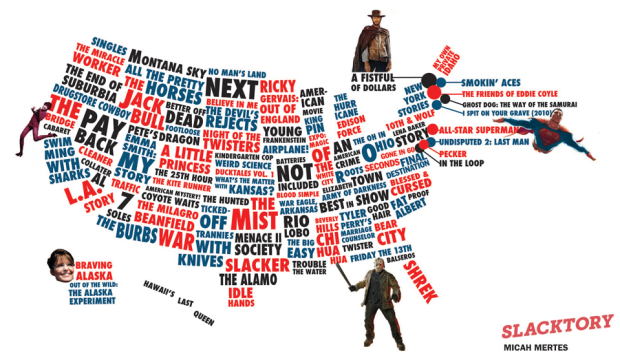
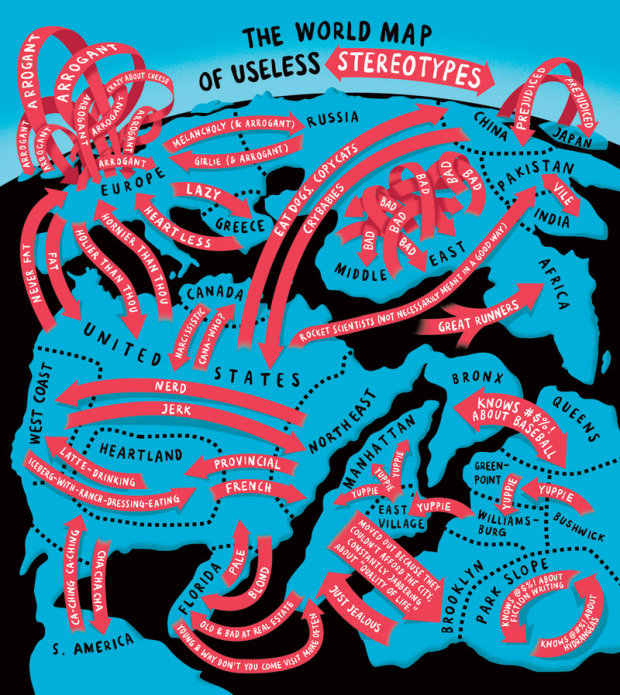
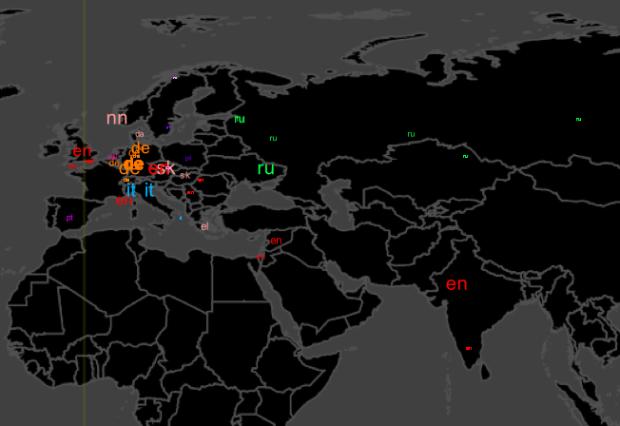
 If you’re like me, you’ve probably used Wikipedia at least once in the past week (or day… or hour). It’s had a huge impact on how we find information and keep history up-to-date. The online encyclopedia
If you’re like me, you’ve probably used Wikipedia at least once in the past week (or day… or hour). It’s had a huge impact on how we find information and keep history up-to-date. The online encyclopedia 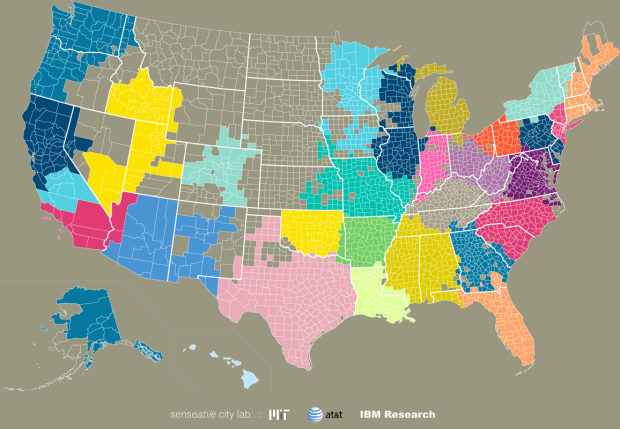

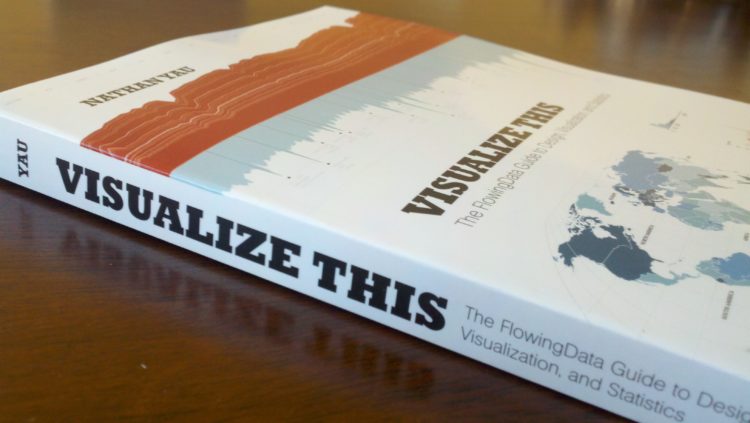
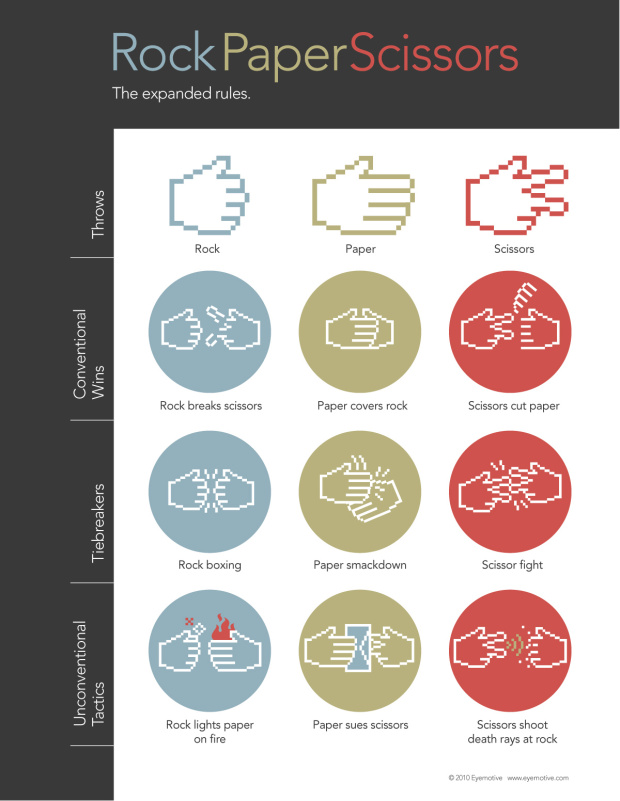
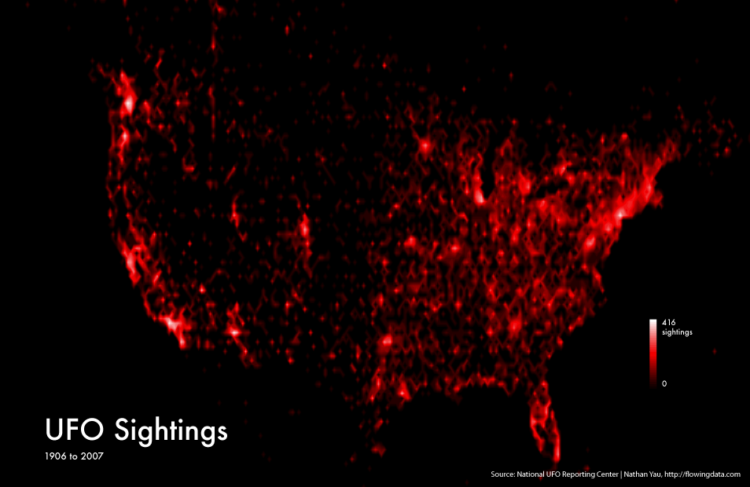
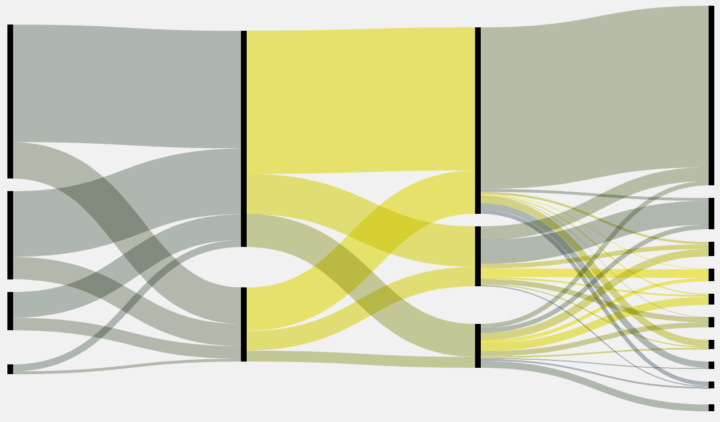
 Visualize This: The FlowingData Guide to Design, Visualization, and Statistics (2nd Edition)
Visualize This: The FlowingData Guide to Design, Visualization, and Statistics (2nd Edition)










